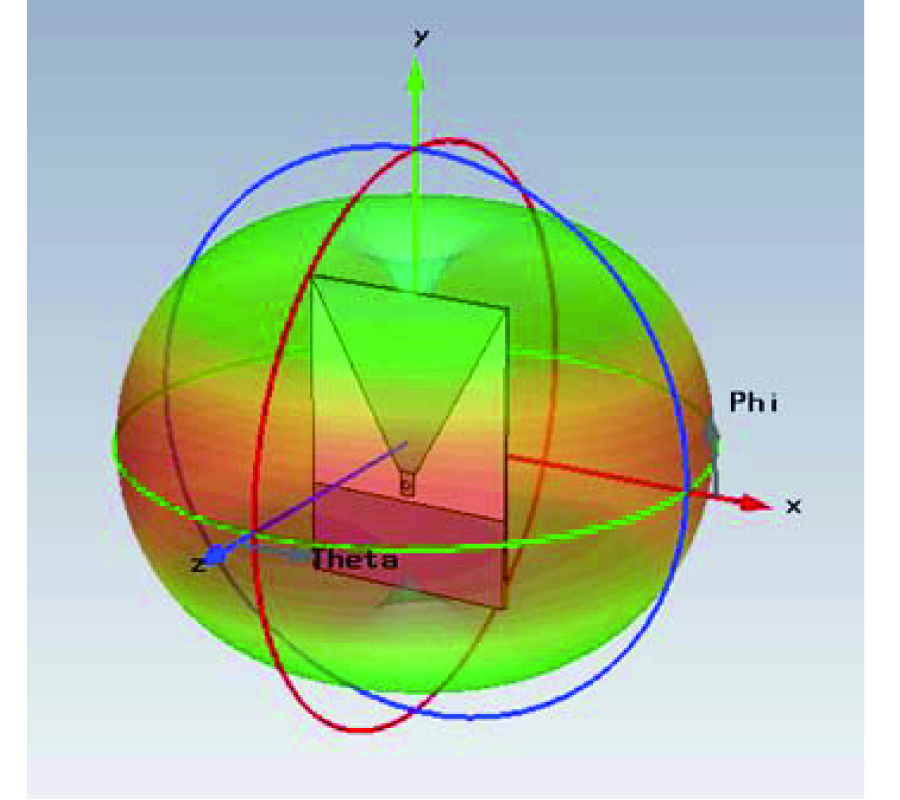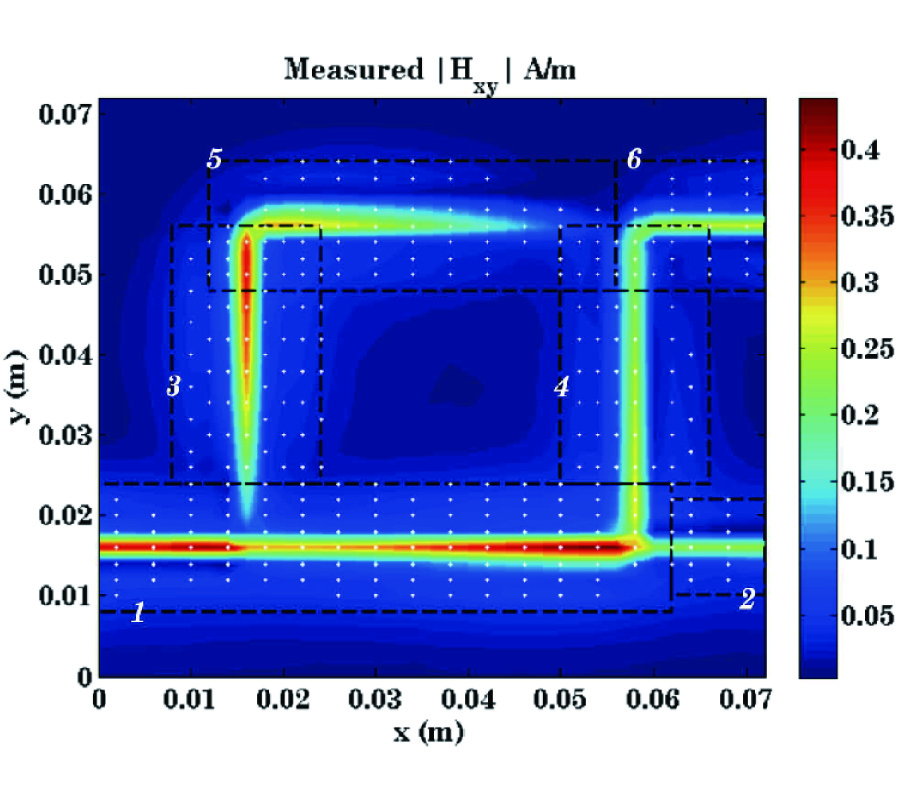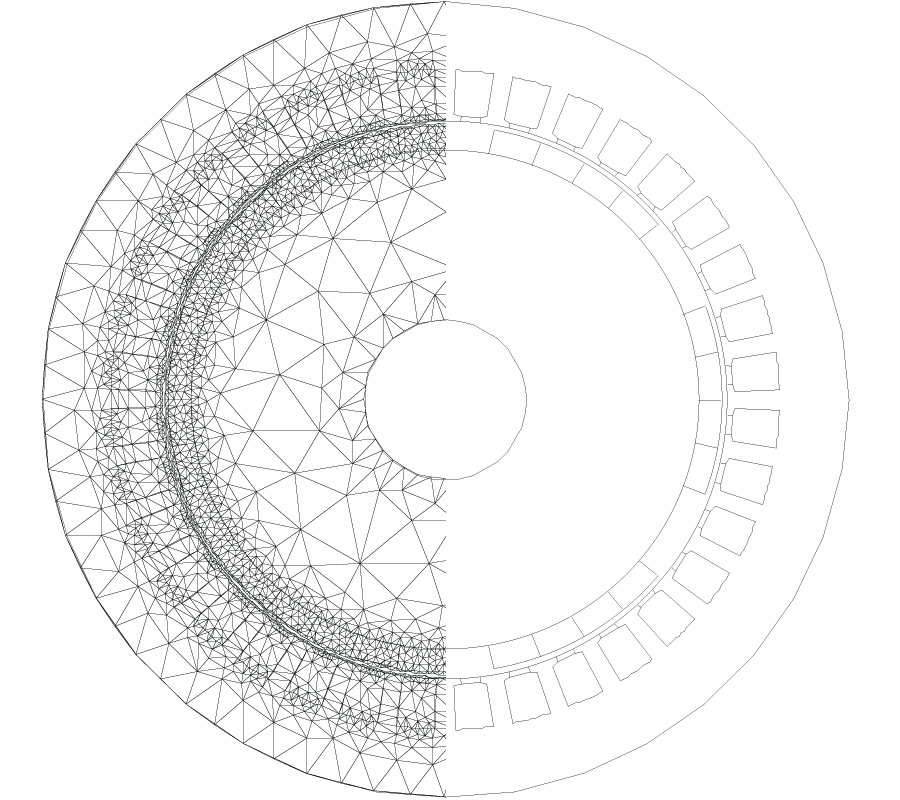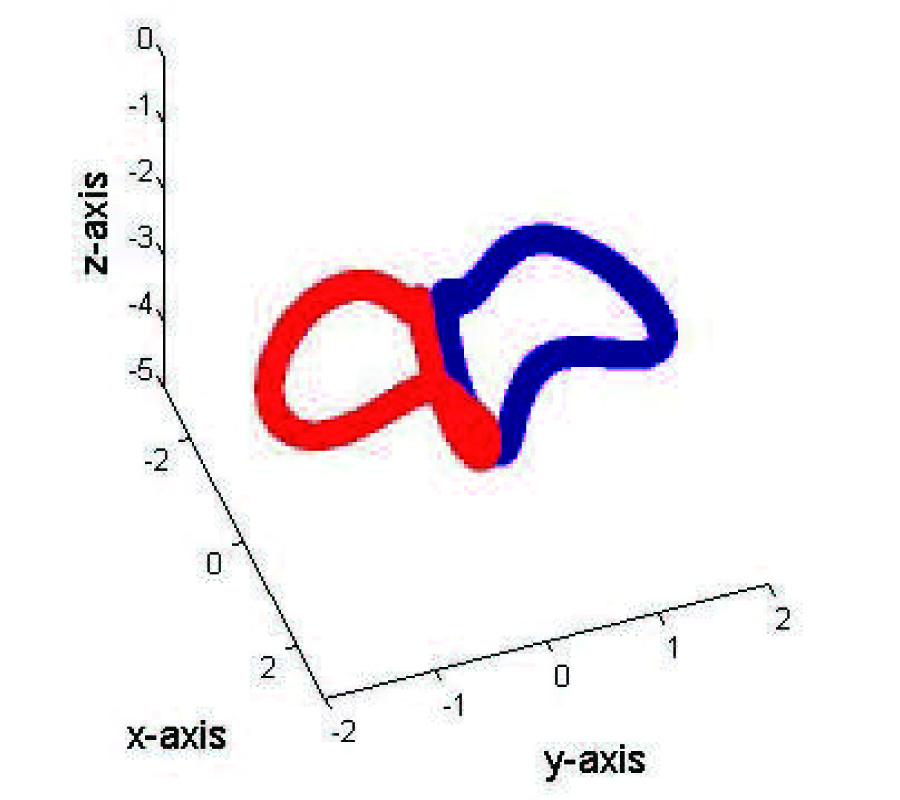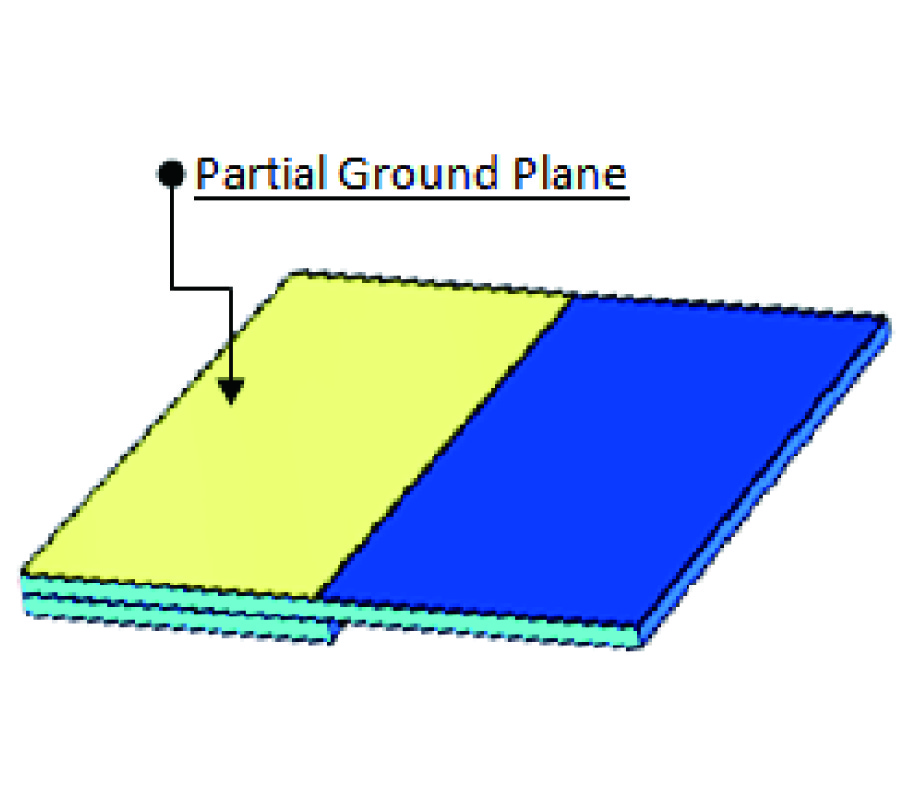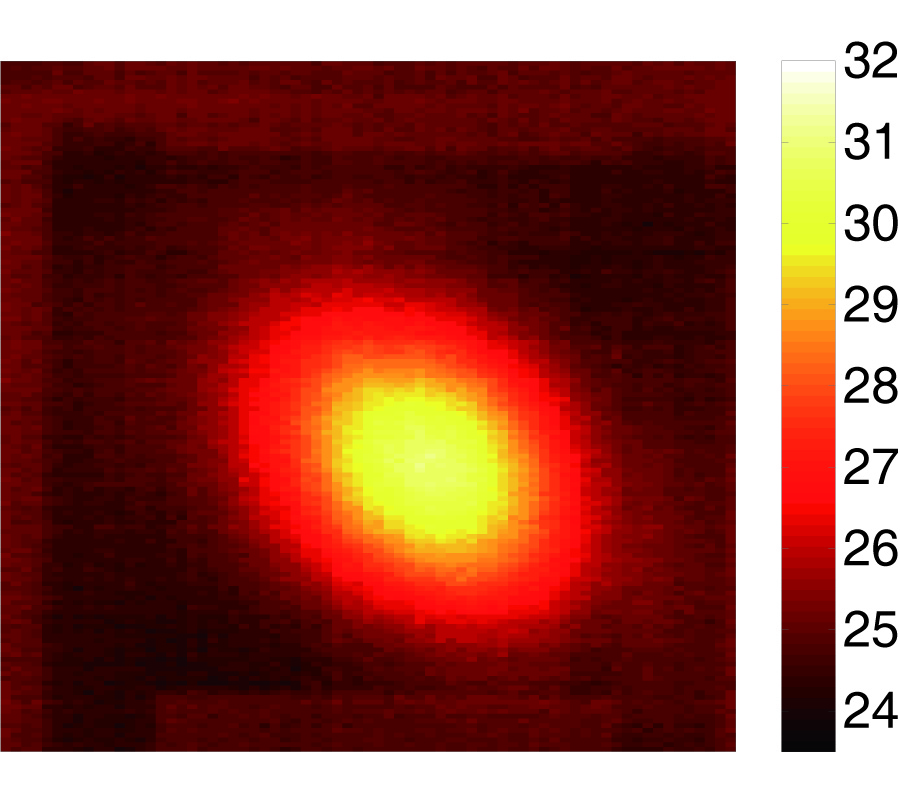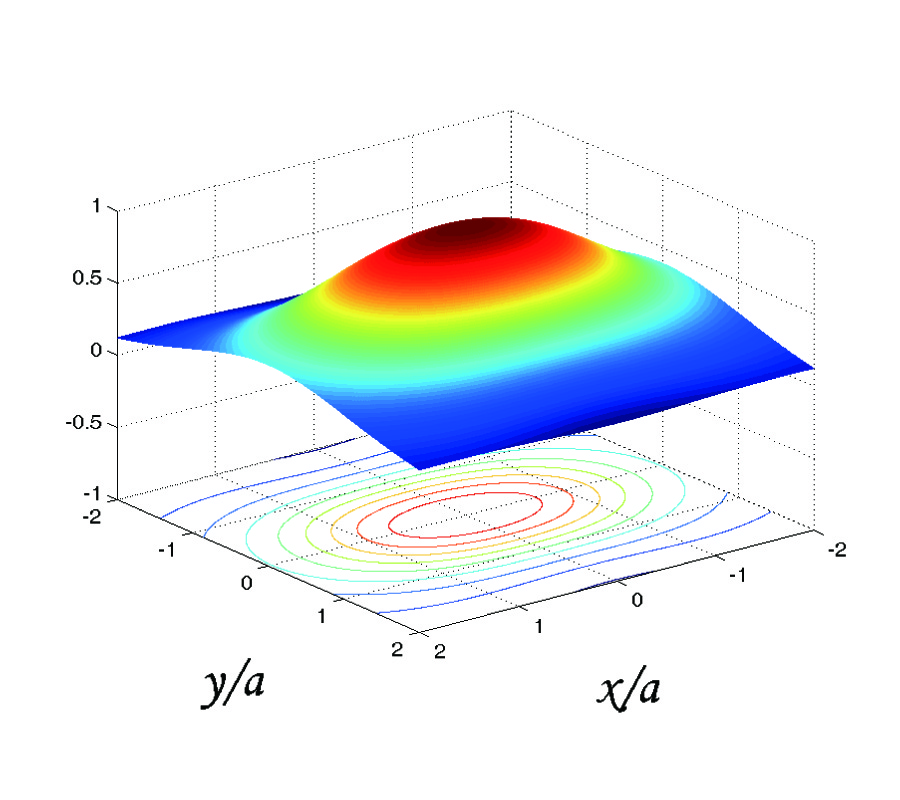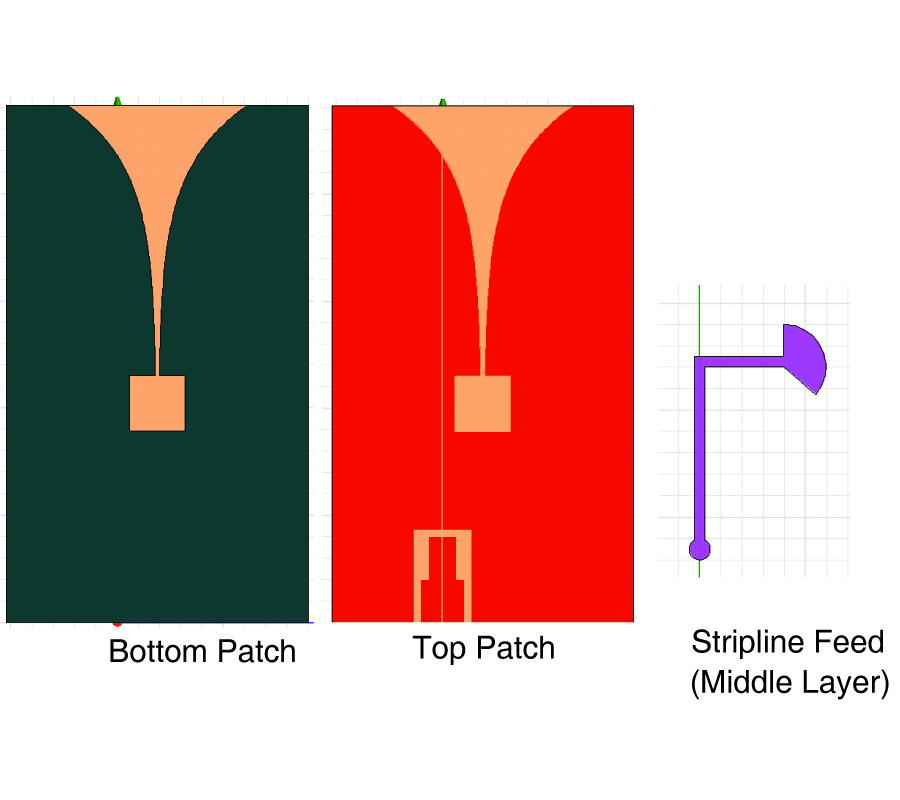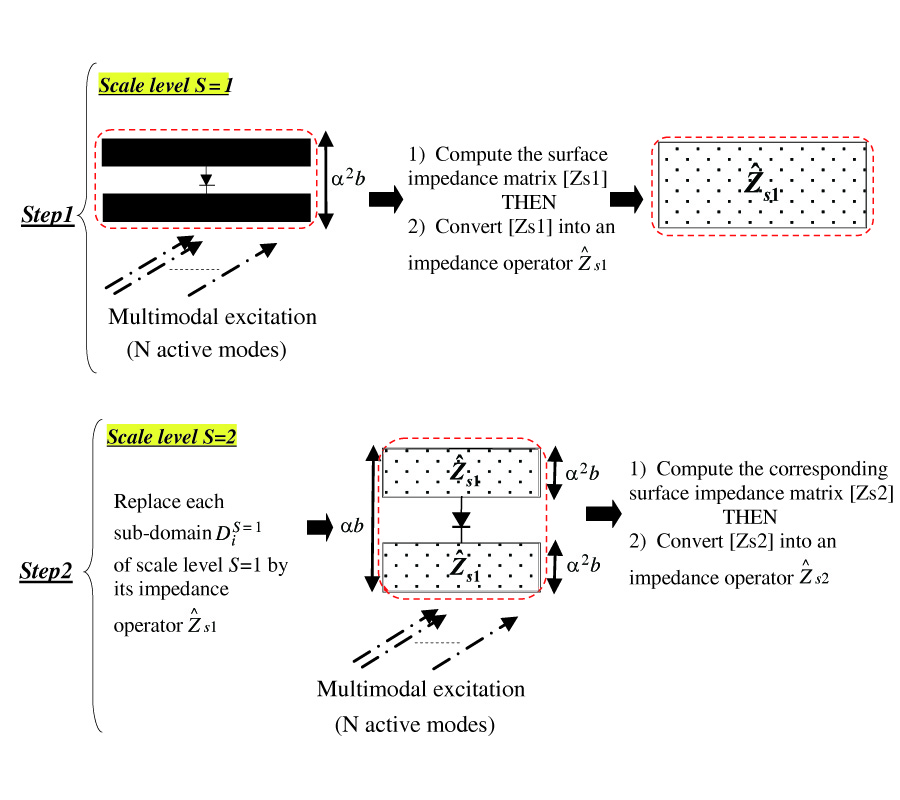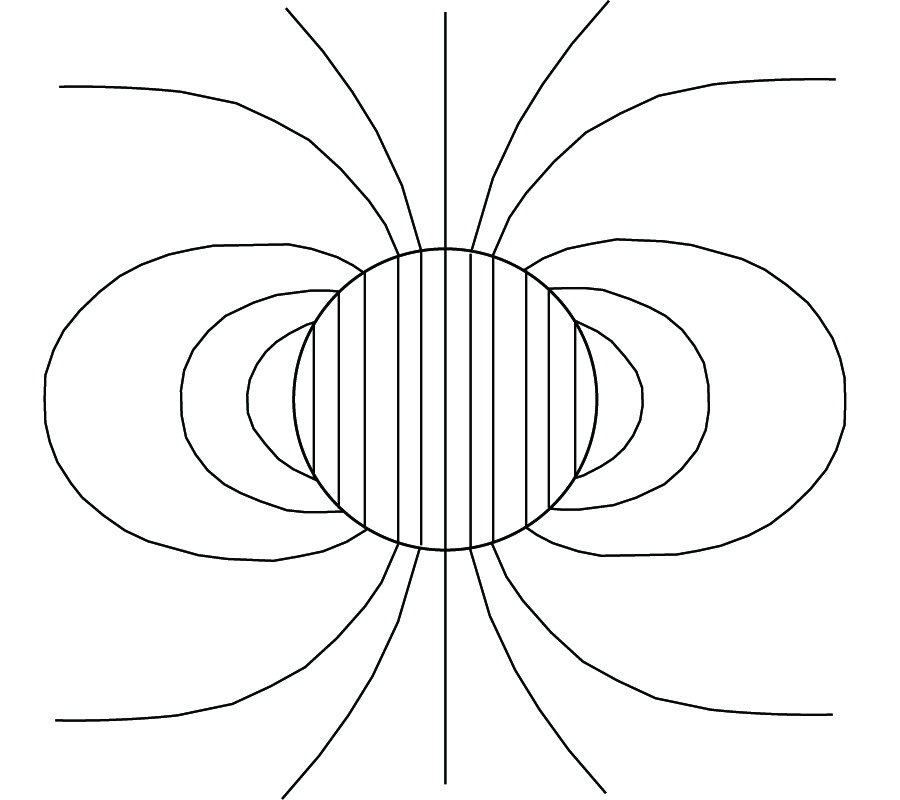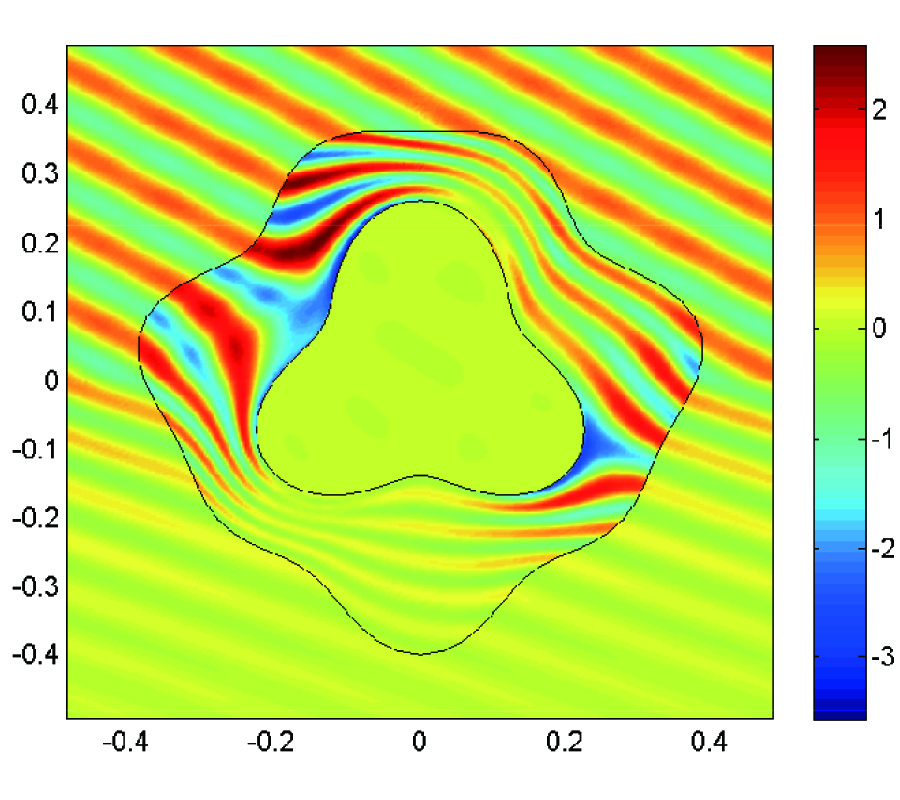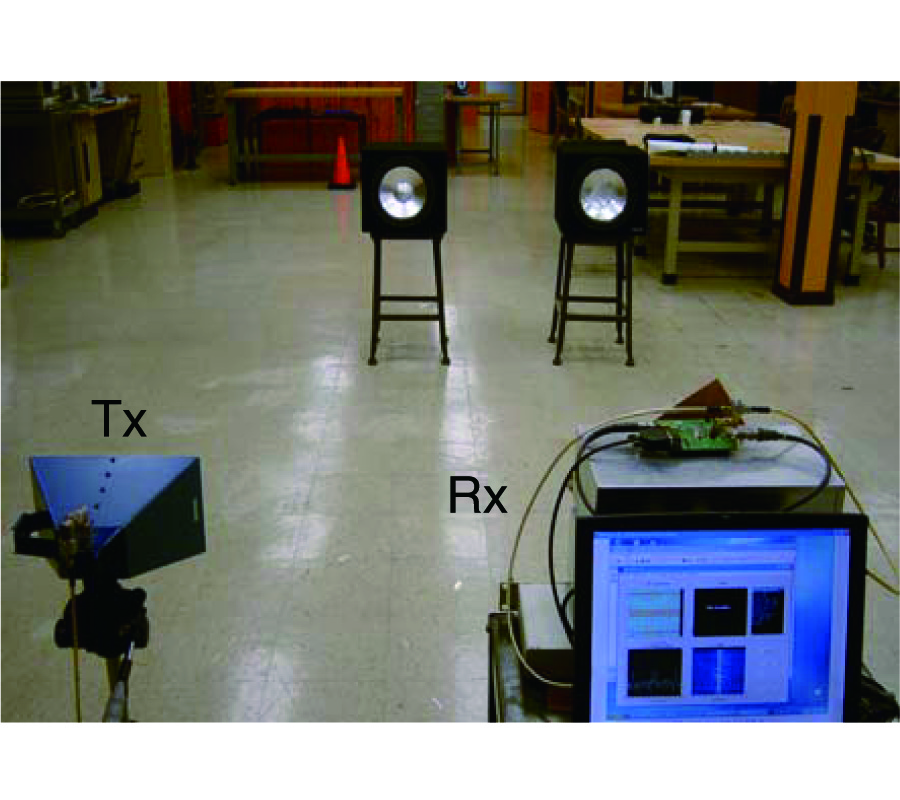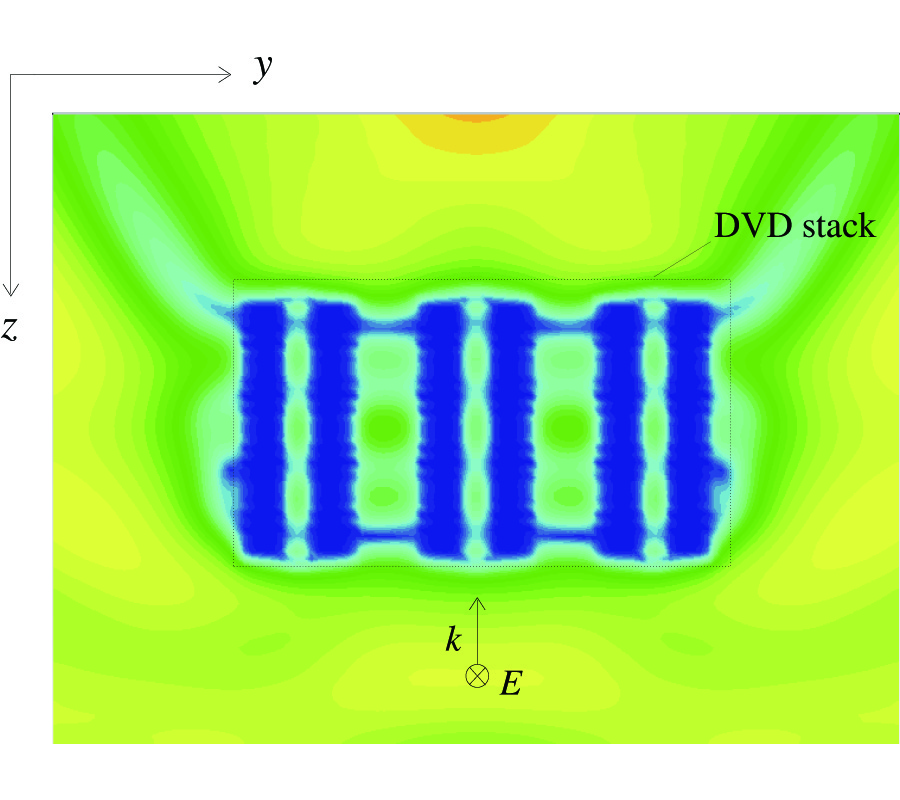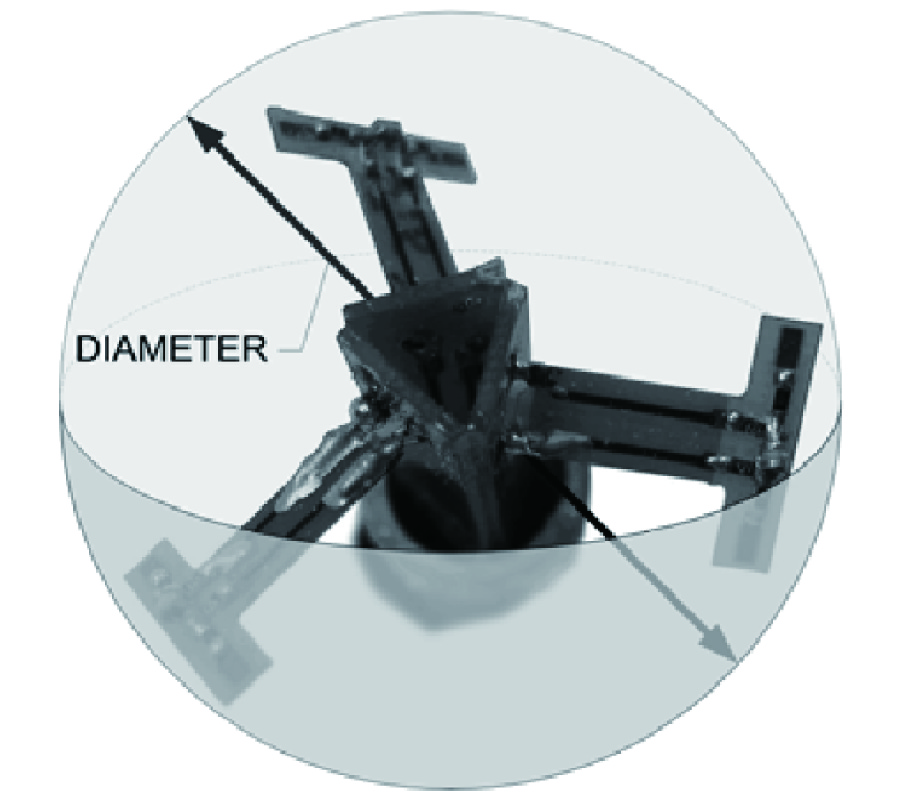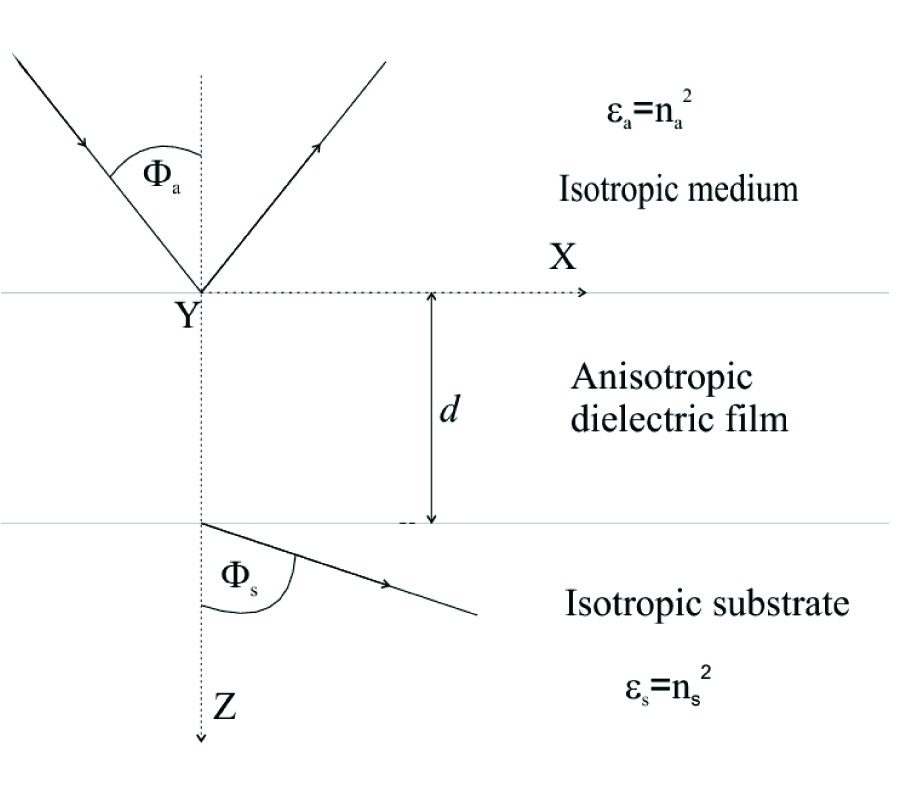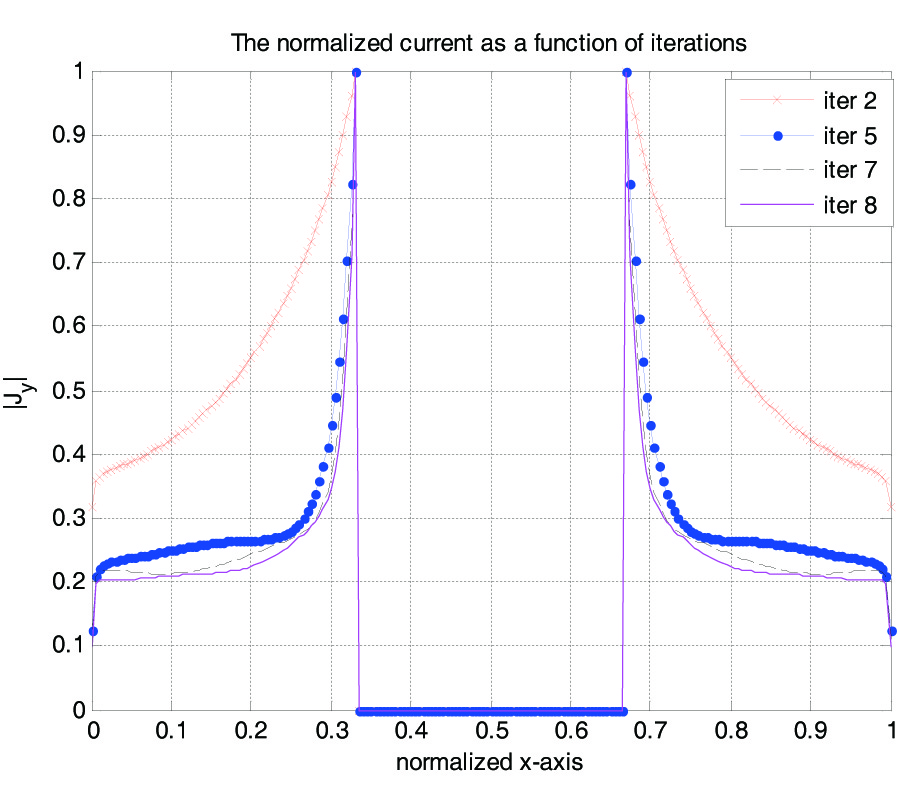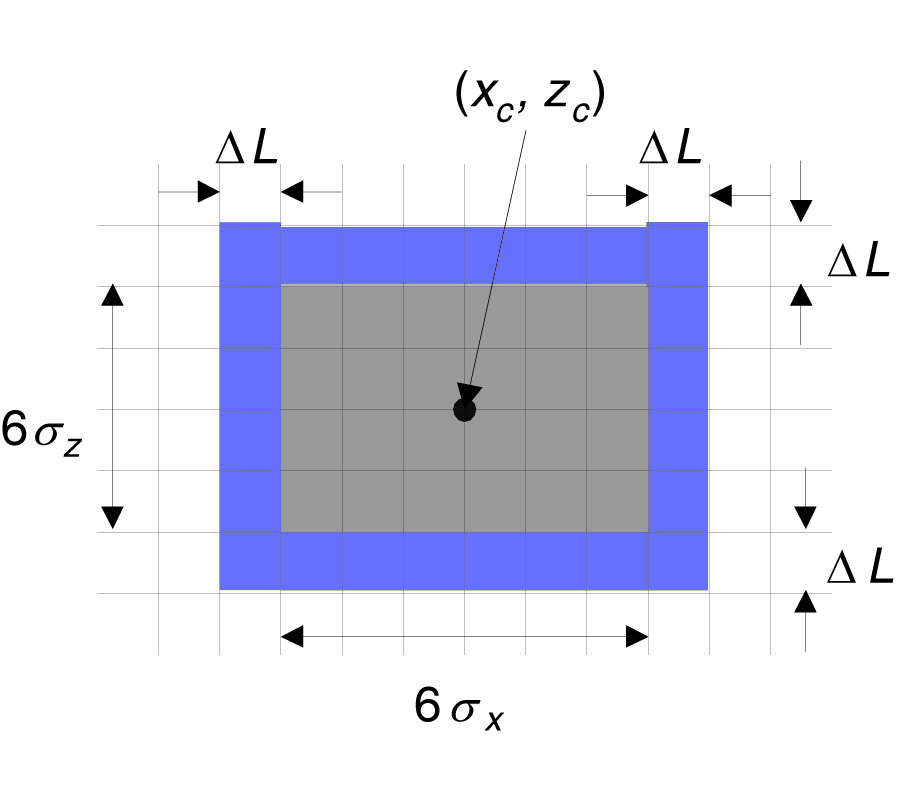2011-01-25 Latest Published
By Abdul Kadir Evizal
Tharek Bin Abdul Rahman
Sharul Kamal Bin Abd Rahim
Mohd Faizal Bin Jamlos
Progress In Electromagnetics Research B, Vol. 27, 385-399, 2011
Abstract
This paper presents a mini multi-band printed omni-directional antenna with v-shaped structure for radio frequency identification (RFID applications. The proposed multi-band antenna is developed from the initial v-shaped design which is only capable of working as a single-band antenna. By deploying a concept of dipole antenna to an initial design, the proposed antenna is accomplished to operate with two different modes of RFID system which are passive and active modes at frequencies of 915 MHz and 2.45 GHz respectively. The passive RFID tag is invented when a chip of UHF (Ultra High Frequency) is integrated with a proposed multi-band antenna. This passive tag, which is able to radiate with the measured signal strength, shows that the reading ranges are boosted almost two times compared to the conventional inlay antenna. The maximum reading range of passive RFID tag with inlay antenna is 5 m, though a reading range up to 10 m is achievable through the deployment of the proposed antenna at a measurement field. Implicitly, the measurements carried out on the antenna are in good agreement with the simulated values. Moreover, the size of the mobile passive RFID tag has been substantially as 100 mm x 70 mm, even though the antenna is fabricated with an inexpensive FR-4 substrate material. With the reasonable gain, coupled with cheaper material and smaller size, the proposed antenna has attractive potentials for use in RFID applications with multiple frequency antenna for active and passive tags.
